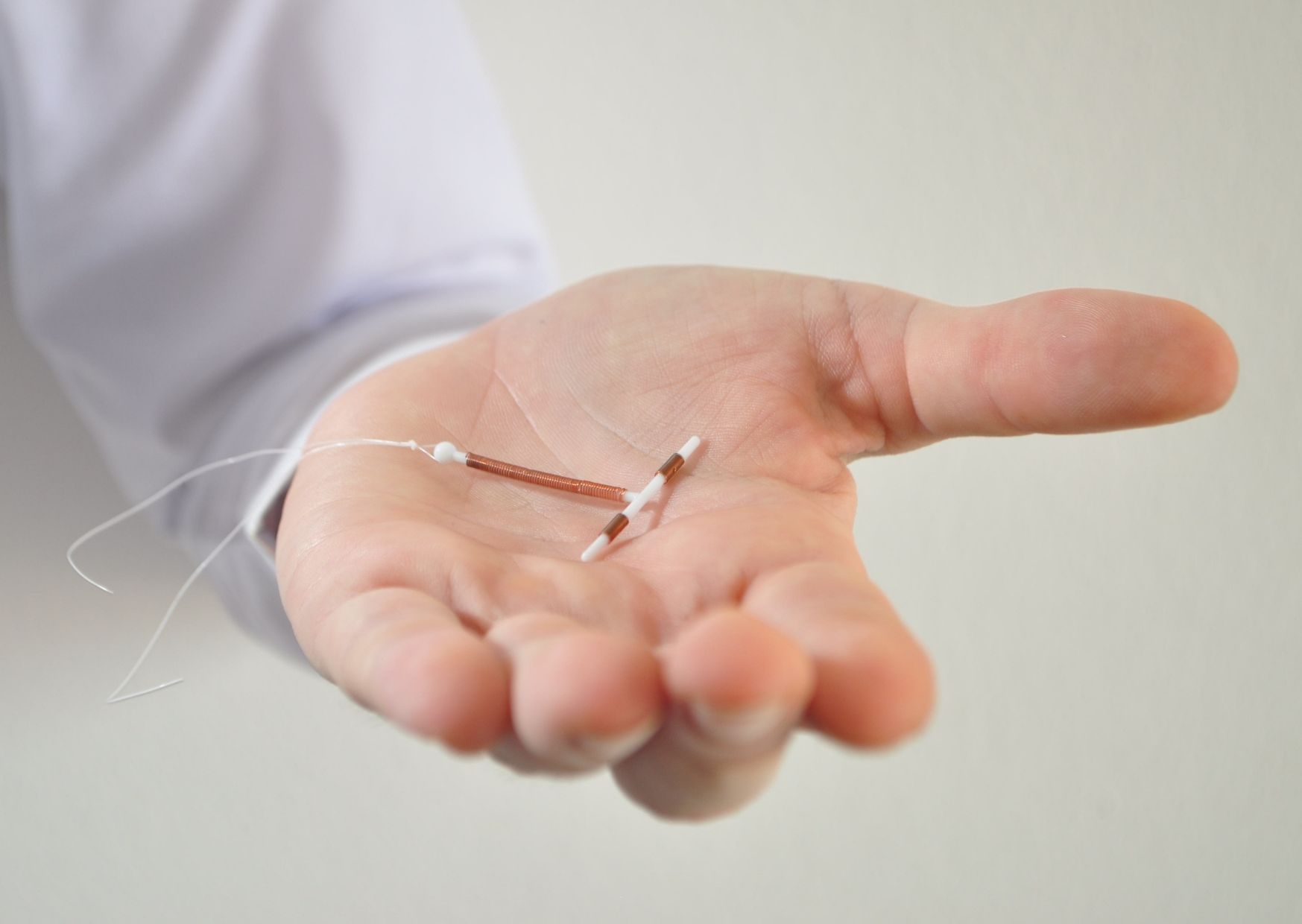What is coil insertion and removal?
A ‘coil’ (also referred to as the IUS (intrauterine system) or the IUD (intrauterine device)) is a small T-shaped contraceptive device that’s put into your womb (uterus) to prevent pregnancy. An IUS and an IUD are similar systems; the main difference is that the IUS releases the hormone progestogen in the womb, whereas the IUD releases copper into the womb.
A coil can be inserted and removed at any time during your menstrual cycle, but both must be done by a doctor or a specially qualified nurse. When inserted correctly, an IUD/IUS is more than 99% effective and can last for many years. It’s important to note that the coil does not protect against STIs.
At Welbeck, our experienced gynaecologists provide coil insertion and removal in our state-of-the-art Women’s Health centre.
Paediatrics
We offer appointments to paediatric patients aged 12 to 18. For full information on our paediatrics service, please visit our main Paediatrics page.
What does coil insertion and removal involve?
Before you have an IUD and IUS fitted, you’ll have an initial consultation with a Welbeck gynaecological consultant. At this appointment, they’ll discuss which device may be most suitable for you. At Welbeck, we offer 3 types of coil: the Mirena coil (IUS), the Kyleena coil (IUS), and the copper coil (IUD).
Your consultant will likely test for any existing infections, such as STIs, and also have you do a pregnancy test. Once your results come back negative, you can make an appointment to have the device fitted.
An IUD can be fitted at any time during your menstrual cycle, as long as you’re not pregnant, and you’ll be protected from pregnancy straight away.
An IUS can also be fitted at any time in your menstrual cycle, as long as you’re not pregnant, but it’s important to know you’ll only be protected against pregnancy straight away if it is fitted in the first 7 days of your cycle. To ensure you’re protected, we advise that you use additional contraception, such as condoms, for 7 days after having an IUS fitted.
During the fitting of an IUD or IUS, your doctor will gently open your vagina using a speculum to look inside your vagina and check the position and size of your womb. They will then administer a local anaesthetic to prevent you from feeling any pain during the insertion of the device. Once the anaesthetic has taken effect, your consultant will insert the device through your cervix and into place in your womb.
The fitting of the IUD/IUS device only takes 5 minutes, but the appointment will take around half an hour in total.
Removal of a device follows the same process as insertion. If you’re having a device replaced, your appointment may take slightly longer.
Once an IUD has been fitted, it’ll need to be checked at a follow-up appointment 3 to 6 weeks after to ensure everything is as it should be.
How does an IUD/IUS coil work?
The IUD (copper coil) works by altering your cervical mucus, making it more difficult for sperm to reach an egg and survive. The copper coil can also work by stopping a fertilised egg from being able to implant itself in the womb.
The IUS works similarly by thickening the cervical mucus, again making it more difficult for sperm to move through the cervix. In addition, the lining of the womb is thinned, so a fertilised egg is less likely to be able to implant itself. In some cases, ovulation (the release of an egg every month) can be stopped completely.
What are the risks of coil insertion and removal?
It’s totally normal to experience period-pain type cramps and some bleeding after coil insertion or removal. Any discomfort can be eased using over-the-counter painkillers such as paracetamol.
As with any procedure, there’s a small risk of getting an infection. Make sure you see your consultant if you experience any of the following symptoms:
You should also contact your consultant if you or your partner is at risk of having an STI, as this can lead to infection in the pelvis.
There’s a small risk that your body may push out the device, or it may become displaced post-procedure. Your consultant will teach you how to check that the device is still in place during your appointment.
Side effects of the coil
The IUD can sometimes make your periods heavier.
The IUS can make your periods lighter, shorter or stop altogether, so it may help women who have heavy or painful periods. Some women may experience side effects, such as mood swings, skin problems, or breast tenderness.
How to prepare for coil insertion or removal
You should avoid intercourse for 7 days before coil insertion, removal, or replacement.
We also recommend that you eat and stay hydrated before coming to your appointment, as this can help you feel well after the procedure.
Recovery and aftercare
Once an IUS/IUD is fitted, you’ll need to attend a follow-up appointment after 3 to 6 weeks. At this check-up, you should tell your doctor about any problems you’ve experienced. The device can be removed at this appointment if you wish or if medically necessary.
How much does private {treatment name} cost?
At Welbeck, our pricing includes an initial consultation with a consultant gynaecologist, coil fitting, and a non-diagnostic scan to ensure the accurate placement of the coil.
Our pricing for coil insertion is as follows:
Mirena coil fitting (IUS): £710*
Kyleena coil fitting (IUS): £710*
Copper coil fitting (IUD): £570*
*Please note, if coil removal is recommended during the consultation and coil insertion is performed during the same visit, there is an additional £70 fee for this service.
Coil removal (including consultation): £420






